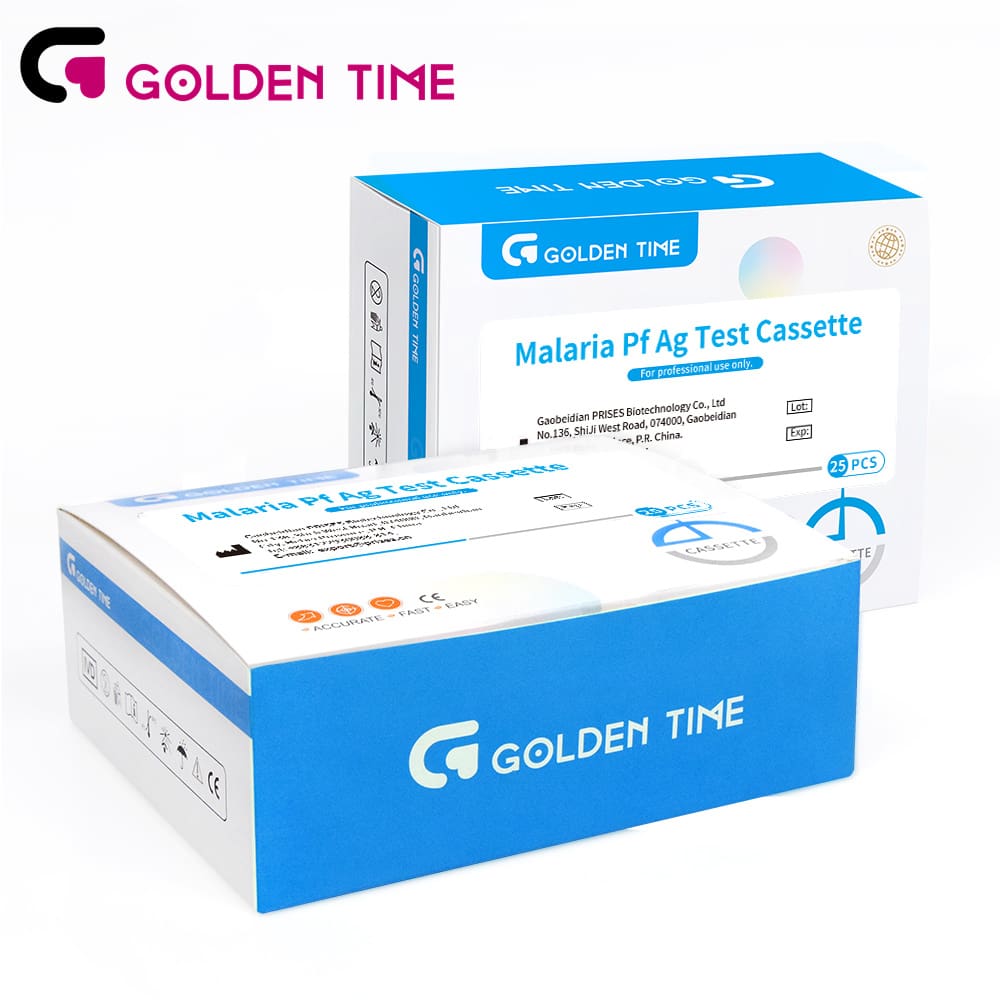Oct . 19, 2024 15:07 Back to list
pregnancy strip test
Understanding Pregnancy Strip Tests A Comprehensive Guide
Pregnancy strip tests, commonly known as home pregnancy tests or urine tests, have become a popular and convenient way for individuals to confirm whether they are pregnant. These tests are widely available, easy to use, and offer quick results, making them an essential tool for anyone who suspects they may be expecting. In this article, we will delve into the mechanics of these tests, their accuracy, and important tips for their use.
What Is a Pregnancy Strip Test?
A pregnancy strip test is a type of diagnostic tool designed to detect the presence of human chorionic gonadotropin (hCG) in a woman's urine. hCG is a hormone produced by the placenta shortly after a fertilized egg attaches to the uterine lining. Its presence is an indicator of pregnancy, and the levels of this hormone rise rapidly in the early weeks, making it feasible to detect pregnancy within a week after a missed period.
How Does It Work?
The function of a pregnancy strip test is relatively straightforward. The test strip typically consists of a plastic casing with a small absorbent pad at one end. When urine is deposited on this pad, it travels along the strip through capillary action. The strip contains specific antibodies that react with hCG, if present, resulting in a color change.
Most tests have a control line that appears regardless of whether hCG is present. This line confirms that the test is working correctly. If a second line appears, it indicates a positive result. However, the intensity of the lines can vary based on the concentration of hCG, the time of day the sample is taken, and when the test is performed relative to the missed period.
Accuracy of Pregnancy Strip Tests
pregnancy strip test

One of the greatest advantages of pregnancy strip tests is their accuracy. Most modern tests claim to be over 99% accurate when used correctly. However, accuracy can diminish if the test is taken too early or if the instructions are not followed carefully. False negatives, where the test fails to detect pregnancy despite the presence of hCG, can occur, especially if
1. The test is taken too early It is recommended to wait at least one week after a missed period for the most reliable results. 2. Diluted urine is used Testing in the morning, when urine is more concentrated, can improve the chances of detecting hCG. 3. Improper usage Not following the instructions provided with the test can lead to inaccurate results.
Tips for Using a Pregnancy Strip Test
To maximize the accuracy of a pregnancy strip test, consider the following tips
1. Timing Wait until after your missed period to take the test for the best results. 2. Follow Instructions Carefully read and adhere to the instructions that come with your test. 3. Use Morning Urine Testing with the first urine of the day can enhance detection of hCG levels. 4. Check Expiration Date Ensure the test is within its expiration date for reliability. 5. Confirm with a Doctor Regardless of the result, it is advisable to confirm any positive result with a healthcare professional.
Conclusion
Pregnancy strip tests have revolutionized the way individuals check for pregnancy, offering a convenient and private method for early detection. Understanding how these tests work, their accuracy, and best practices for use can help users navigate the often anxious time of potential pregnancy. Testing early and following the guidelines can lead to reliable results, paving the way for informed choices about one's health and future. Ultimately, when in doubt, consulting with a healthcare provider is the best course of action to ensure a proper understanding of one’s pregnancy status.
-
Highly Accurate hCG Pregnancy Test Strips - 5 Min Results
NewsAug.02,2025
-
Premium Empty ABS Plastic Cassettes: Durable & Lightweight Storage
NewsAug.01,2025
-
Accurate Cocaine (Coc) Rapid Test Kit | Fast & Reliable Detection
NewsJul.31,2025
-
Accurate HCG Pregnancy Test Strips | Fast Home Use Kit
NewsJul.31,2025
-
Reliable Early Pregnancy Test Kit Supplier - Multi Plastic Cassette Options
NewsJul.30,2025
-
Transferrin Rapid Test Cassette – Reliable Tumor Marker Detection
NewsJul.29,2025

